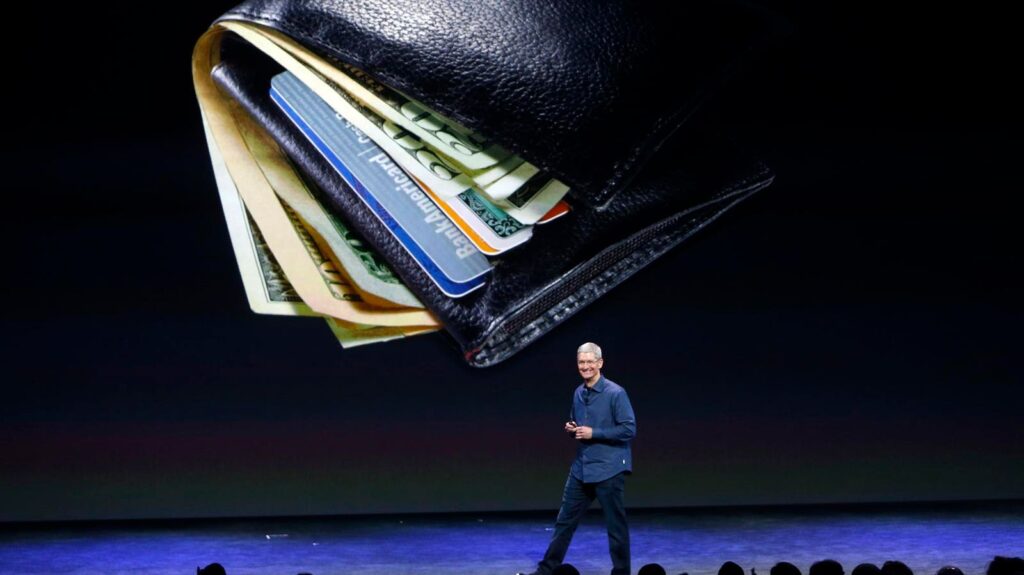In recent years, the adoption of digital wallets has surged across various countries, marking a significant shift in consumer behavior and preferences. According to a global study commissioned by Google, a striking 85% of consumers in the United States are aware of digital wallet technologies, spanning applications like Apple Wallet and Google Wallet. However, a notable gap exists between familiarity and understanding, as only 10% of participants could accurately distinguish digital wallets from banking apps or other financial platforms. This disconnect reveals a need for enhanced consumer education regarding digital wallets’ functionalities and potential benefits. As users become increasingly reliant on these technologies for conducting transactions, effectively demystifying digital wallets is essential for maximizing their potential in everyday financial interactions.
Digital wallets serve as specialized applications designed to organize and store various credentials essential for making payments and engaging in transactions. Unlike general apps that cater to numerous functions, digital wallets focus specifically on managing financial cards, loyalty programs, and identity verification. For instance, while a traditional wallet contains cash and cards, a digital wallet houses details of credit and debit cards, travel tickets, vaccination records, and even digital identity credentials. This redefined perspective on digital wallets emphasizes their role as a central hub for managing personal identification rather than simply replacing cash, pushing back against the notion that competition in the digital payment space stems solely from selecting payment cards.
The impact of digital wallets on global commerce is profound, as evidenced by findings in Worldpay’s Global Payments Report 2024, which indicates that digital wallets accounted for a staggering $14 trillion in transaction value in 2023. This signifies that digital wallets are not only facilitating online consumer spending but are also becoming a dominant form of payment in physical retail environments, with nearly half of UK consumers aged 16 and older opting to leave their wallets at home in favor of digital solutions. The rapid uptake of these technologies is indicative of a broader transition within the payment landscape, driven by consumer desires for efficiency, convenience, and greater control over their financial information.
The ongoing “wallet wars” between big tech firms and traditional banks exemplify the competitive nature of the digital wallet marketplace. As technology companies encroach upon financial institutions’ domains, the battle for market share intensifies. With estimates projecting digital transactions will escalate from $9 trillion in 2023 to $16 trillion by 2028, financial institutions are responding by developing their apps to retain control over transaction revenues. This conflict not only highlights the financial stakes involved but also raises concerns among regulatory bodies about how digital wallets could disrupt competition and consumer protection within the financial landscape. The Financial Conduct Authority and Payments Systems Regulator in the UK are currently investigating these implications as they develop strategies to promote fair competition among diverse payment systems.
As the dialogue surrounding digital wallets evolves, an intriguing question arises: will the future tilt toward super apps that encompass various functionalities, or will the term “smart wallets” more accurately capture the rising trend of intelligent, autonomous transaction management? Numerous experts advocate for smart wallets—wallets enhanced with AI-driven interfaces that manage mundane financial tasks on behalf of users. For instance, they could automate payments for regular expenses or provide personalized investment suggestions based on fluctuating market conditions, effectively removing the burden from users. With the increasing integration of smart technologies in financial services, the prospect of wallet systems that operate on behalf of consumers is becoming a focal point of discussion among technology strategists.
The advancement of smart wallets signals a departure from conventional user-operated systems to machine-driven interactions in payments. The emergence of bots controlling these wallets indicates a transformative trend in consumer interaction with digital wallets. At the recent “The Banking Scene” conference in Brussels, the concept of evolving wallets from user-centric to bot-centric designs was highlighted as a pivotal strategy for future payment solutions. The shift toward an automated financial management landscape indicates that traditional definitions of digital wallets may transition into something far more complex and capable, offering significant implications for both consumers and businesses alike as they navigate the rapidly changing financial ecosystem.
In conclusion, the trajectory of digital wallets illustrates not merely a technological innovation but a profound reconfiguration of how consumers manage identity and transactions in our increasingly digital world. As organizations adapt to this burgeoning market, the demand for consumer education and regulatory oversight will become crucial in ensuring fair practices and competitive advantages throughout the industry. The evolving landscape presents fresh opportunities for growth and integration in the financial services sector, with the emergence of smart wallets potentially revolutionizing consumer interactions. Embracing these transformations may enable businesses to cultivate innovative solutions that serve a broader range of consumer needs, especially as technology continues to reshape our payment systems over the coming years.

